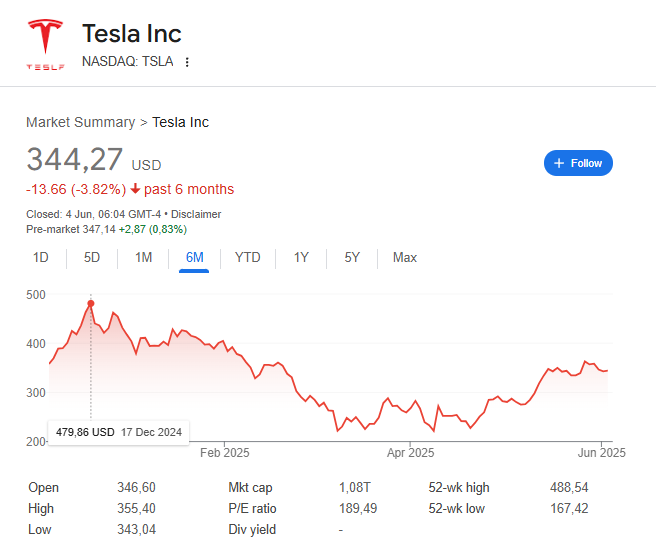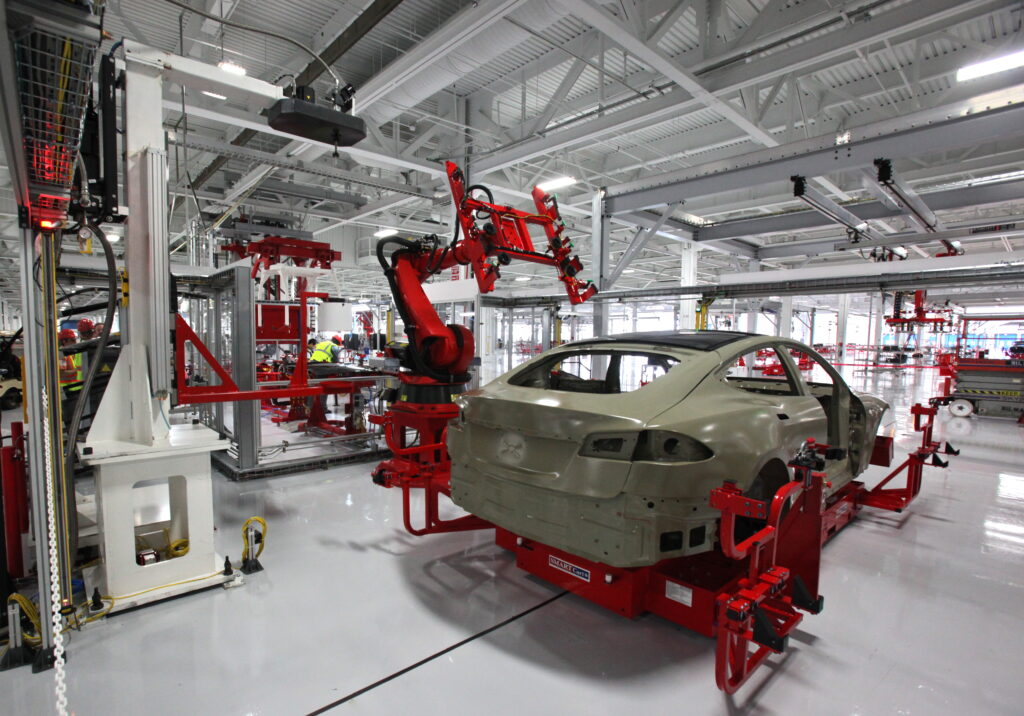In the days before any election, the financial analysis community gets stuck on a familiar question: So, are a candidate’s policies good or bad for the market? They argue over tax cuts versus spending, and deregulation versus oversight. But this year, this question is missing the forest for the trees. The critical question for investors is not the specifics of a particular policy, but whether the market can tolerate a world of endless, unpredictable change. The real hazard is something more like a “Carrousel of Decisions”—a wild ride through a series of capricious announcements and abrupt reversals and churning policy shifts made not in response to strategy or even a “strategic narrative” but rather to the president’s fickle personal whims.
This results in an unstable setting, where prediction is not even possible. In this article it is contended that financial markets as systems for pricing risk are bound to eventually repudiate this kind of chaos. The market will offer an ultimatum: The carrousel stops, or the capital that drives it will take its show on the road.
The Market’s Prime Directive: Stability First, Stability Second, Stability Third
Markets are frequently depicted as emotional and reactionary, but they are fundamentally mathematical. They are collective intelligence engines of large scale that seek equilibrium. Their job is to evaluate a number of variables and put a price tag on the future. This function can accommodate nearly any reality — however hopeful or however bleak — so long as that reality is coherent.
Just think of the market’s reaction to the Russia-Ukraine war. The initial invasion in February 2022 was a huge shock that sent volatility through the roof precisely because the future was suddenly unknowable. But as the war dragged on, a dark new reality emerged. The market adapted. It had priced in the sanctions and the disruption to energy supplies and the spike in geopolitical risk. The war, as a human tragedy and a negative economic variable, is a known variable. The market found a fresh (if battered) equilibrium. Once again, it demonstrated that it can live through sustained hardship. What it can’t stand is prolonged uncertainty. The rules are not in themselves features of the economy, nor are they factored in with the actual production of commodities, but it is their stability, not their content, that allows capital to be valorized with confidence.
The Quest for Security: Two Case Studies in Market Pressure
The market’s preference for predictability isn’t just an idea, it’s a great force that has proven to even pull even the most capricious figures and systems into line. Sooner or later, when the “Carrousel of Decisions” spins too fast, the brakes are pulled — by the actors themselves, or by the systems surrounding them.
The Elon Musk Lesson: Taming Volatility
Few people are better at being unpredictable than Elon Musk. His championing of cryptocurrencies such as Dogecoin swept bubbles of volatility not just through crypto land but also raised serious questions for investors in his core business, Tesla. In addition, institutional investors control a large share of Tesla’s stock and need some overall stability, focus and strength in management.

The sentiment was that Musk’s impulsive digital pronouncements had created a risk profile incompatible with a multi-billion dollar manufacturing giant. The subsequent dialling back of Musk’s crypto talk and a return to more public focus on Tesla’s actual business was a clear reminder that even a visionary CEO must in the end bow to the market’s preference for a stable and coherent corporate narrative.

Trump vs. Trump: As the Market Forces a Reversal
We don’t have to look far for evidence of the market pushing back on policy. President Trump had done this enough times during his tenure that it amounted to a familiar playbook: The administration would issue the threat of broad tariffs with great fanfare, only enter negotiations for some form of retaliatory measures and eventually back down under intense market backlash and lobbying efforts from affected industries. These turns-about were not random changes of heart.
They were responses to the real economic implications and panicky market messages that came in the wake of the early announcements. Every reversal was an implied admission that the “Carrousel” has its limits. The market, grinding lower from violent sell-offs and open pressure from its leading actors, delivered a message to the administration that the level of induced chaos had reached a point of no return and that the time for a retreat back to a more predictable trading world was at hand.
The System’s Guardrails: How Courts Enforce Order
It’s not just individual actions, but institutional guardrails, the market itself, that ensures the stability and rule of law. The serial legal challenges to the executive branch’s use of tariffs are a case in point. The U.S. courts’ decision to get involved and adjudicate the legality and reach of economic actions actually serves as a very strong brake on the “Carrousel.” These legal machinations, though slow, remind the market that policy doesn’t take place in a vacuum.
They say that we operate in a system of laws and precedents that frame the economy, resting like a backstop against the most erratic eddies of executive whim. This kind of institutional stability is one of those things that is very important, though easy to overlook, because it’s one of the things that helps to give investors confidence over the long term.
The Final Consequence: The Inevitable Threat of Capital Flight
If a leader is intransigent and institutional guardrails fail, the market has one more powerful recourse: capital flight. This is the purest market-based solution.
Long-term capital — the kind that goes into building factories, financing infrastructure or sustaining pension funds — isn’t invested based on a week of headlines. It needs a predictable environment over a five, ten or twenty-year time scale. A corporation making choices about building a new plant cannot base its decisions on where to locate on a country’s support for international agreements if the next day an executive who disagrees can destroy what the company has spent years building.
Should the United States itself devolve into a “Carrousel of Decisions,” then such long-term, patient capital will simply pursue safer havens. Investors will gradually move their money into economic areas, whether in Europe or Asia, that are more transparent and predictable in terms of their political and regulatory environments. It’s not a crash or a fight or a sudden, unexpected implosion, but a slow, undermining bleed. It’s the foreign company that opts to site its new factory in Mexico rather than in Ohio. It is the pension fund that reduces its allocation to U.S. equities to buy more of the safer blue-chips in Europe. It is the silent no-confidence vote of thousands of rational economic choice-makers in a bubble of manufactured anarchy.
Conclusion: An Ultimatum for Stability
In the end, the market doesn’t care who runs things politically, which economic theory prevails. It’s the insoluble battle between predictability and entropy. The market is happy to operate in almost any environment of genuine policy consistency, however Internationally competitives the flavour, as long as the policy formula remains relatively constant over a number of years the market will do fine.
This “Carrousel of Decisions” must come to a stop sooner or later, because the forces of capital will it. Either a leader may accept this truth and accommodate to the market’s demand for a level playing field, or they can oversee the gradual corrosion of their country’s financial magnetism as money flees the gale. Ultimately, the strongest voice in the market is not one individual’s, but the collective meek whisper of capital chasing a safe and predictable home.


